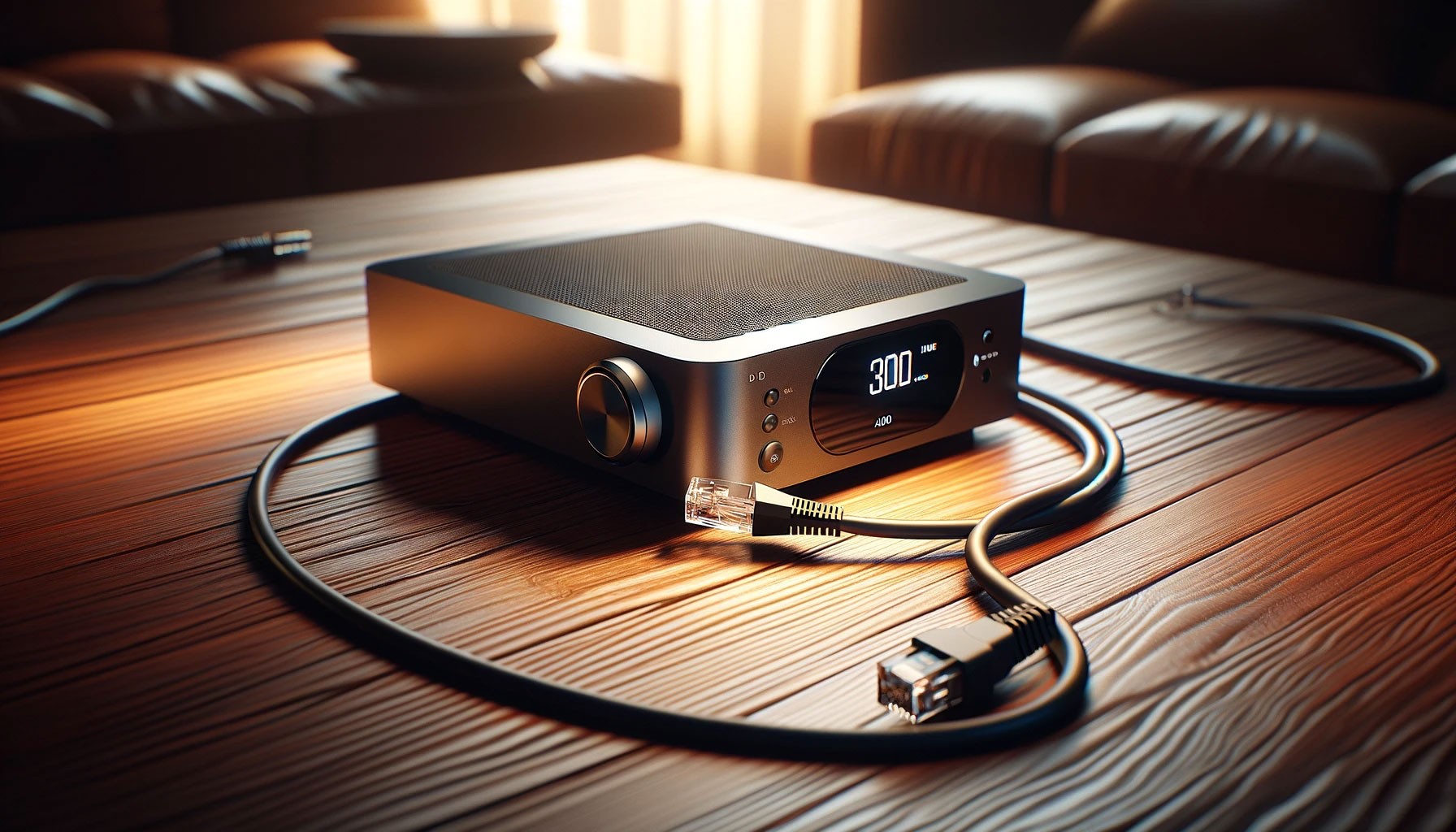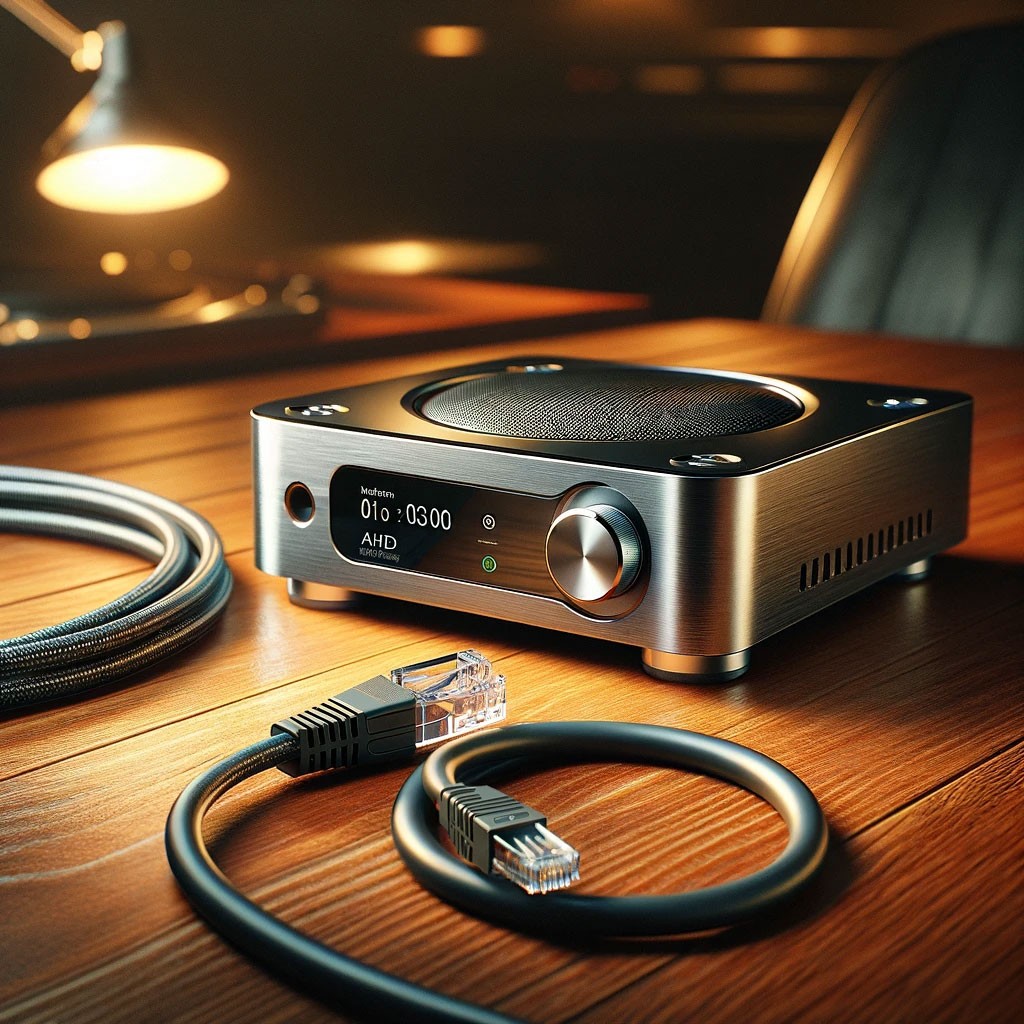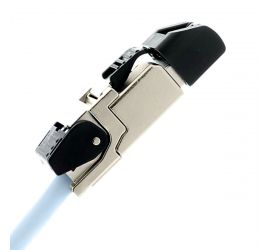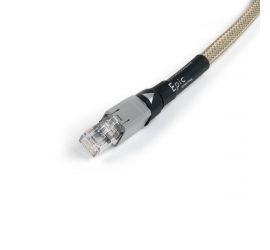Understanding Ethernet Cables in the Modern Age
In an era where streaming services and audiovisual distribution are at the forefront of technology, selecting the right Ethernet cable has become crucial for optimal internet speed and performance. Whether for gaming, streaming movies, or home office use, the right cable can significantly enhance your experience. For Hi-Fi customers, using high-performance Ethernet cables can greatly improve audio and visual quality due to superior shielding and conductive materials. This guide aims to demystify Ethernet cables, helping you make an informed choice for your needs.
In this ultimate guide, we'll walk you through everything you need to know about Ethernet cables. From understanding the different categories and their capabilities to deciphering the jargon and buzzwords, we'll ensure you have all the knowledge necessary to make an informed decision.
We'll explore topics such as bandwidth, data transfer rates, shielding, and length limitations to help you understand what factors to consider when choosing the right Ethernet cable for your specific needs. Additionally, we'll provide tips on installation, maintenance, and troubleshooting, ensuring that you get the most out of your chosen cable.

Exploring Different Ethernet Cable Types
Ethernet cables vary, each suited for different needs. Understanding these variations is key for audiovisual streaming, particularly for Hi-Fi systems.
CAT5e: The Standard Choice CAT5e, supporting up to 1000 Mbps, is a common choice for everyday use. Its affordability and availability make it a go-to for home networks.
CAT6: Enhanced Performance CAT6 cables, capable of up to 10 Gbps, are designed to reduce crosstalk and interference, making them suitable for demanding applications like high-quality streaming.
CAT6a: The Professional's Pick An upgrade from CAT6, CAT6a cables offer longer distance performance and better shielding to minimise signal degradation, ideal for professional setups requiring reliable connections.
CAT7: The High-End Option For the ultimate performance, CAT7 cables offer up to 10 Gbps speeds with improved shielding, commonly used in high-demand networks. However, they are more expensive than other options and may require specialised connectors.
Making Sense of Cable Categories
Ethernet cables are categorised by performance capabilities. For Hi-Fi enthusiasts, understanding these categories is crucial for choosing a cable that enhances audiovisual quality.
From CAT5 to CAT7: A Spectrum of Performance: Ethernet cables are classified into different categories, denoted by the prefix "CAT." These categories indicate the cable's performance and capabilities. Understanding these categories will help you choose the right cable for your specific requirements.
Each category, from CAT5 to CAT7, offers a step up in performance, with CAT7 being the most advanced for high-speed data transfer. Each category represents an improvement in performance and capabilities, with CAT7 being the most advanced and capable of handling the highest data transfer speeds. CAT7 supports the latest high-resolution audio and video services and networks. When choosing an Ethernet cable, consider your current and future internet speed requirements to ensure that you select a cable that meets your needs.
Key Considerations for Ethernet Cable Selection
When choosing an Ethernet cable, consider bandwidth, data transfer rates, shielding, and length. Opt for cables with higher bandwidth and robust shielding for Hi-Fi streaming to ensure uninterrupted, high-quality audio and visual transmission.
Bandwidth: Bandwidth refers to the maximum amount of data transmitted over a network connection in a given period. The higher the bandwidth, the more data that can be transferred simultaneously, resulting in faster internet speeds and superior audio resolutions.
Data Transfer Rates: Data transfer rates indicate how quickly data can be transmitted from streaming services over your network connection. Increased data transfer rates lead to quicker internet speeds, enhanced performance, and improved audio or video resolution. Consider the data transfer rates supported by the Ethernet cable you're considering and ensure that they meet your needs for your network and high-quality streaming services.
Impact of Cable Length on Performance: Be mindful of cable length as it affects performance. Longer cables might experience signal degradation. CAT6a and CAT7 are better suited for longer distances without compromising quality.
Shielded vs Unshielded, A Critical Choice for Hi-Fi: Shielded cables are recommended for Hi-Fi setups, as they minimise interference and maintain signal quality, which is crucial for high-fidelity audio streaming. Shielded Ethernet cables, often denoted by an "STP or FTP" (Shielded Twisted Pair) designation, have an additional shielding layer to prevent electromagnetic interference from affecting the signal quality. If you're in an environment with potential sources of interference, such as electrical wiring or other electronic devices, consider opting for a shielded Ethernet cable.
Unshielded Ethernet cables, often denoted by a "UTP" (Unshielded Twisted Pair) designation, do not have an additional shielding layer. While they are more susceptible to electromagnetic interference, they are suitable for most everyday applications where interference is minimal.
When choosing between shielded and unshielded Ethernet cables, consider the environment in which the cable will be installed and the potential sources of interference. If you're unsure, opting for shielded Ethernet cables is generally recommended for better performance and reliability.
Selecting the Ideal Cable for Hi-Fi Streaming
To enhance your Hi-Fi streaming experience, choose a cable that aligns with your system's speed requirements, installation environment, and future needs.
To select the ideal Ethernet cable for high-quality Hi-Fi streaming, consider the following guidelines:
- Identify Hi-Fi Streaming Speed Needs: Evaluate the required internet speed for your Hi-Fi streaming needs. Opt for an Ethernet cable that can support this bandwidth and offers suitable data transfer rates for uninterrupted, high-quality audio streaming.
- Assess Cable Length Requirements: Measure the distance between your Hi-Fi streaming device and the router or modem. Select a cable length that ensures efficient data transmission without compromising audio quality.
- Minimise Interference: Choose a shielded Ethernet cable in environments with potential interference sources like electrical devices or wiring. This helps preserve the integrity of your Hi-Fi audio by reducing signal degradation.
- Future-Proof Your Hi-Fi Setup: To accommodate future advancements in streaming technology, consider investing in a higher-category Ethernet cable, like CAT6 or CAT7. These cables are designed to support faster data speeds and are more likely to be compatible with next-generation Hi-Fi equipment.
By considering these points, you can select an Ethernet cable that caters to your current Hi-Fi streaming requirements and ensures optimal performance and future readiness for your setup.

Common Issues and Solutions for Ethernet Cables in Hi-Fi Systems
Common issues like slow speeds, intermittent connections, or interference can often be resolved by checking connections, opting for shielded cables, and ensuring appropriate cable lengths. Ethernet cables are typically reliable but can encounter issues affecting Hi-Fi audio and video streaming quality. Here's how to address these concerns:
- Slow Streaming Speeds: Check the cable for physical damage like cuts or fraying. Replace if necessary and ensure the cable meets the bandwidth and data transfer requirements for high-quality streaming.
- Unstable Connections: Secure the cable at both ends to ensure a firm connection for intermittent connections. If problems persist, try an alternate Ethernet port.
- Eliminating Crosstalk and Interference: Use shielded Ethernet cables to reduce interference, maintaining the integrity of Hi-Fi audio and video streams. Keep cables away from interference sources like mains power cables and electrical wires.
- Managing Cable Length: Performance can degrade over long distances. Ensure your cable length is within the limits for its category. For longer distances, consider higher-category cables or a network switch.
By troubleshooting these issues, you can maintain the fidelity of your Hi-Fi streaming experience.
Installation and Maintenance Best Practices for Hi-Fi Streaming
Proper installation and maintenance are key to the performance and longevity of Ethernet cables in Hi-Fi systems:
Organise with Cable Management: Use clips or management systems to secure cables, preventing unplugging or damage while keeping your setup tidy.
- Prevent Signal Degradation: Avoid sharp bends in the cables, which can compromise signal quality. Smooth routing preserves the integrity of Hi-Fi audio and video streams.
- Minimise Interference: Position Ethernet cables away from interference sources to protect the quality of your Hi-Fi stream.
- Regular Inspections: Periodically check for damage and replace compromised cables to ensure consistent performance.
- Monitor Performance: Regularly test your connection to ensure it meets Hi-Fi streaming requirements. Address any issues to maintain optimal streaming quality.
These practices ensure your Ethernet cables support high-quality Hi-Fi audio and video streaming.
Conclusion: Enhancing Hi-Fi Streaming with the Right Ethernet Cable
Choosing the right Ethernet cable can transform your internet and Hi-Fi streaming experience. By considering speed requirements, cable length, and shielding, you can select a cable that meets your current needs and is future-proofed for emerging technologies. With the right Ethernet cable, you can unlock the full potential of your Hi-Fi system and internet connection.





